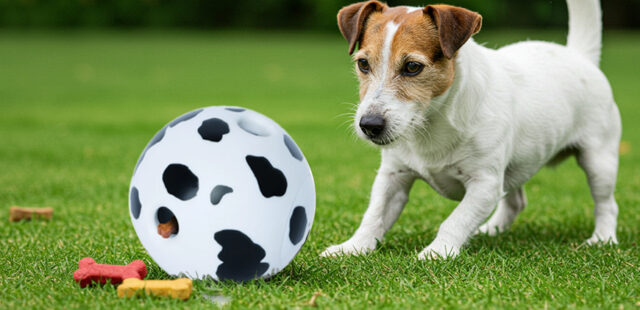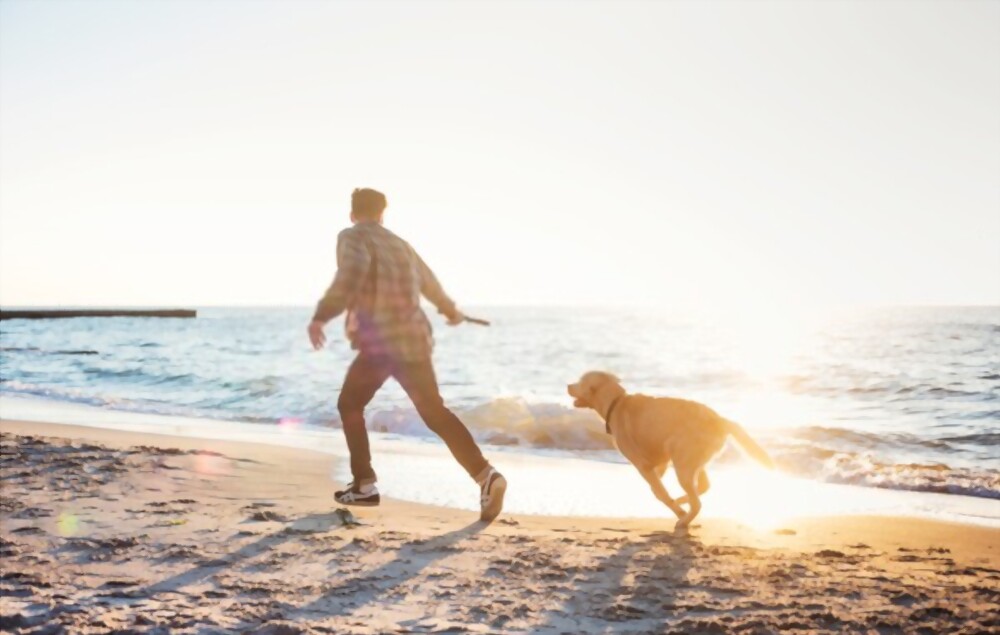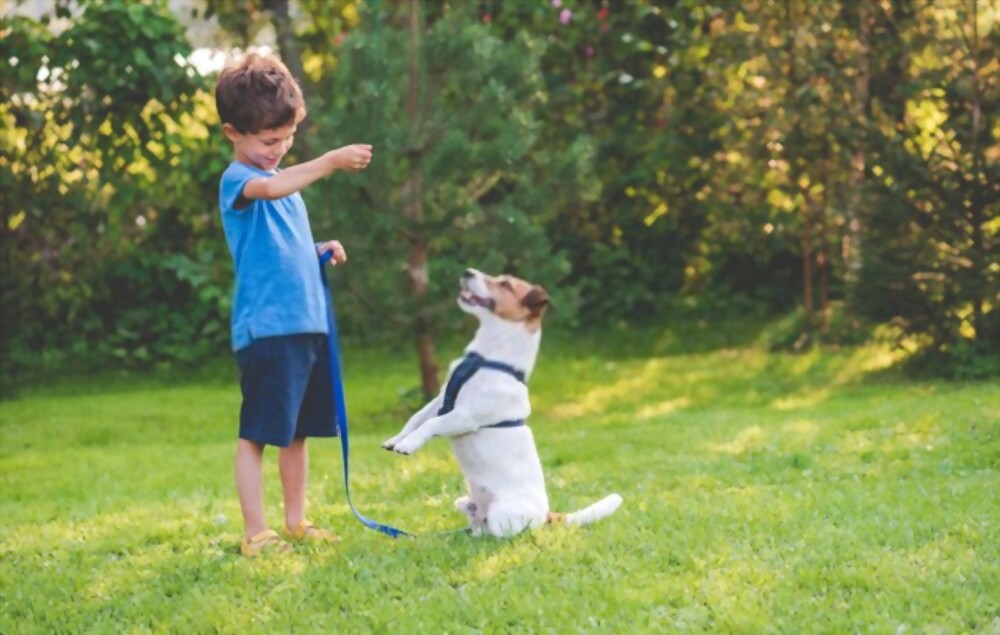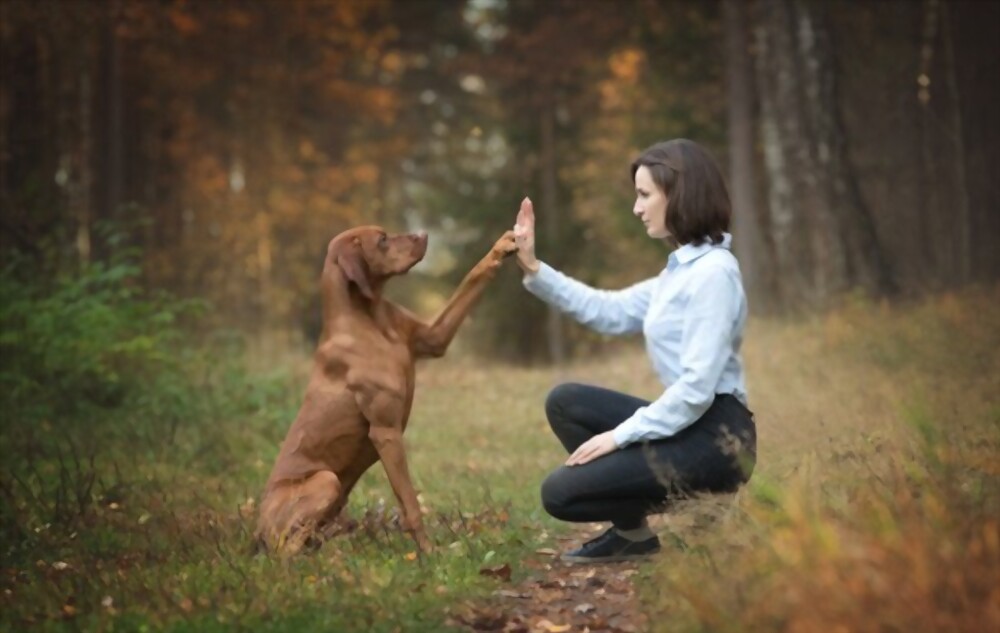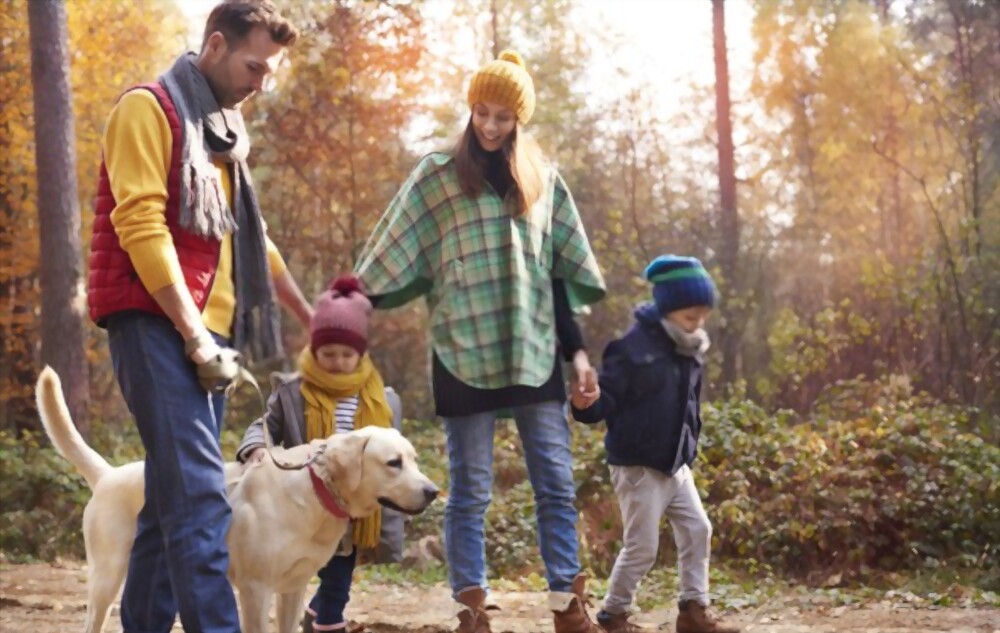On a hot summer day, nothing is more fun than a trip to the beach with your canine. Your dog will get a chance to exercise and a lot of space to move around. He will get back home feeling tired and have a sound sleep. All seem good and even joyful. Yet, the beach also means sunburn, broken glass, sharp shells and other aggressive dogs. Those things are not only harmful for you but for dog as well. Does that mean that you need to give up the idea of going to the beach? No! Pet Barn is ready to provide you with some safety tips to ensure that your trip to the sea is all fun and happy time for you and your furry four-legged friend.
5 Easy Beach Tips to Keep Your Dog Safe
The tips you are promised to find in this blog are all easy to follow, and sure to protect your dog from all that might hurt him on his trip to the beach. Read them carefully and be sure that if applied, your dog will have the best time of his life.
- Keep your dog cool
Heat exhaustion and heatstroke are the two main things that you need to be aware of when taking your puppy to the beach. To protect him from those and keep him from overheating, try to do the following things:
- Avoid going to the beach on the hottest parts of the day.
- Provide your dog with plenty of shade and cool water.
- Keep activity to the minimum.
- Give your puppy plenty of time to rest, get out of the sun, and drink water between games.
Once you notice that your dog is feeling very tired, pack up your things, go back home early and let your dog enjoy sitting in an air-conditioned room.
If you notice any symptoms of extreme heat stress such as extreme lethargy, excessive panting, red mucous membranes, diarrhea and vomiting take your dog to the nearest vet immediately because this could save his life.
- Let your dog drink only fresh water
While playing and moving around along the beach, it could be tempting for your dog to go to the sea and drink salt water. Think about it, we usually come out of the sea feeling thirsty and wanting to just drink some fresh cool water and relax. It is not different for your dog except that seawater can be more harmful for him than for you as he might become very dehydrated. Bring a lot of fresh water with you so that your dog can drink as much as he wishes.
In fact, you do not need to worry if your dog drinks a little of seawater as long as he has immediate access to fresh one. If he drank a lot of it, he might exhibit some of those symptoms: vomiting; thick, ropy saliva; and dry, tacky gums. Only then, you need to bring him to the vet.
- Keep Your dog save while swimming
If this your first time taking your dog for a swim, you need to start preparing earlier. Do not just take your puppy and bring him to the middle of the sea to practice his swimming skills. Instead, let him practice before in a controlled environment such as a small pool. You can even bring your dog a life jacket to make sure he is safe when you first take him to the beach.
While not on the leash, never let your dog go out of sight and never turn back to the ocean, as your dog might go and take a dip while you are not paying attention.
- Avoid sunburn
Even the dogs with thick of coats can get sunburns, so pack a sunscreen for you furry buddy while preparing for your beach trip.
You cannot apply the sunscreen made for humans on your dog. Dog sunscreens are usually non-oily, fragrance-less, and zinc-free because zinc can be toxic to your furry friend.
You need to apply sunscreen to your dog’s ears, nose, the inside of his back legs and anywhere else that receives direct sunlight. Do not forget to reapply sunscreen after your dog takes a dip in the water.
- Protect your dog from the sand
Sand can be rough on your dog’s tender paws. If your dog has particularly sensitive paws, you can get him a special kind of wax, which forms a barrier between the sand and your dogs’ paws. Moreover, as it is mentioned before, sand can contain hidden harmful items such as broken glass and shell so always be on the look for those.
Also, sand can cause damage to your dog’s face specially if he tries to rub it off. Use a warm wet towel to clean all the sand off his face before he rubs it and so irritates his skin or eyes.
Create unforgettable Memories with little protection
If you follow the tips provided in this article, you are going to make your dog’s trip to the beach not only successful but also extremely joyful. Your little furry friend will be looking forward for you his next swim. Yet, one thing is left to add, try to opt for a pet-friendly beach and follow all the rules given. Rules are there for your safety and the safety of your dog.
Have you taken your dog to the beach recently? Did he enjoy it? Are you planning to take him soon? Share your experience with us in the comment and if you have found this article useful, share it with you fellow dog owners!


